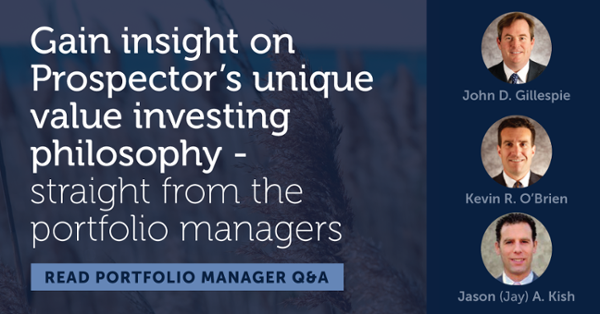Stocks recovered quickly from initial fears about COVD-19 and have continued to climb higher for the better part of the last year and a half. But volatile moments such as last week, when the S&P 500 registered its largest intra-day decline since January, serve as a reminder that a strategy’s ability to weather down markets has a large impact on long-term performance.
Those down markets are the environments in which we seek to add value. In a Q&A with our portfolio managers, we shared why we tend to outperform when the market backdrop is more challenging. With the events of last week making those thoughts timely again, we share a brief excerpt from the Q&A:
What markets/environments does our Investment Philosophy typically do well in? When does it struggle?
Kevin O’Brien: We tend to outperform during down markets and lag during rising markets. This is due to the fact that we think about the downside first and the upside second. Our betas tend to be lower, depending upon which product and which benchmark. We also typically underweight cyclical sectors, other than financials, and overweight more defensive sectors.
We are attracted to less-financially-levered companies, as we believe excess debt is the greatest source of large losses. In addition, our financials tend to be less geared in terms of assets-to-equity than the average financial stock. In general, P&C insurance tends to be the least economically-sensitive financial sector, which is an area we tend to have a significant overweighting. Lastly, we typically own thrift demutualizations that often have 3-5x as much capital as required by their regulators. When markets sell off, they tend to use the weakness to repurchase shares at more financially accretive prices.
To learn more about how we invest, explore the 10 other questions and answers in the full document. Topics include:
- Tips on avoiding Wall Street group think
- How we generate investment ideas, and control risk
- How our approach to equities is similar to high-quality bond managers


